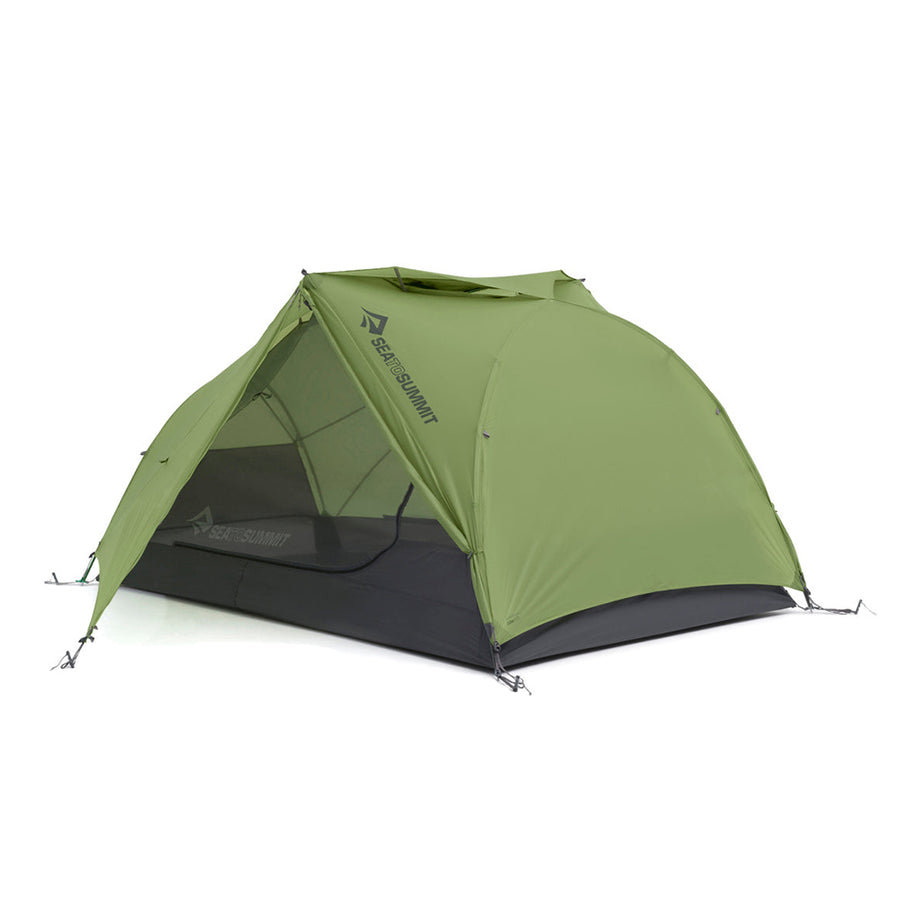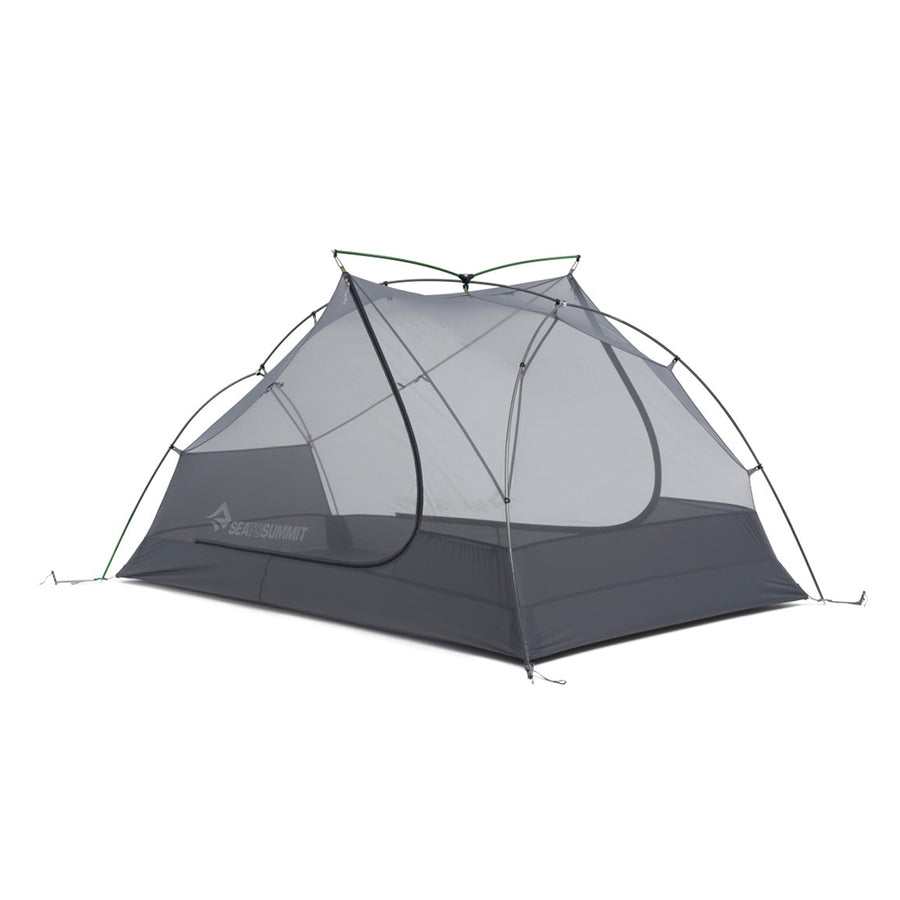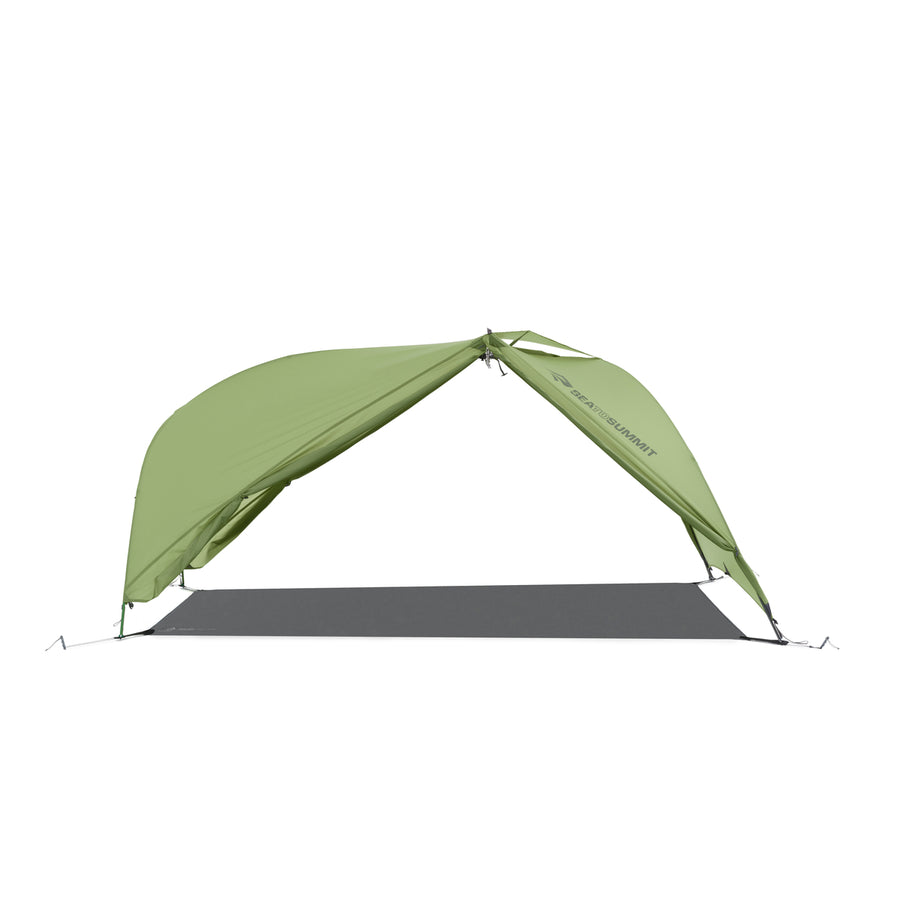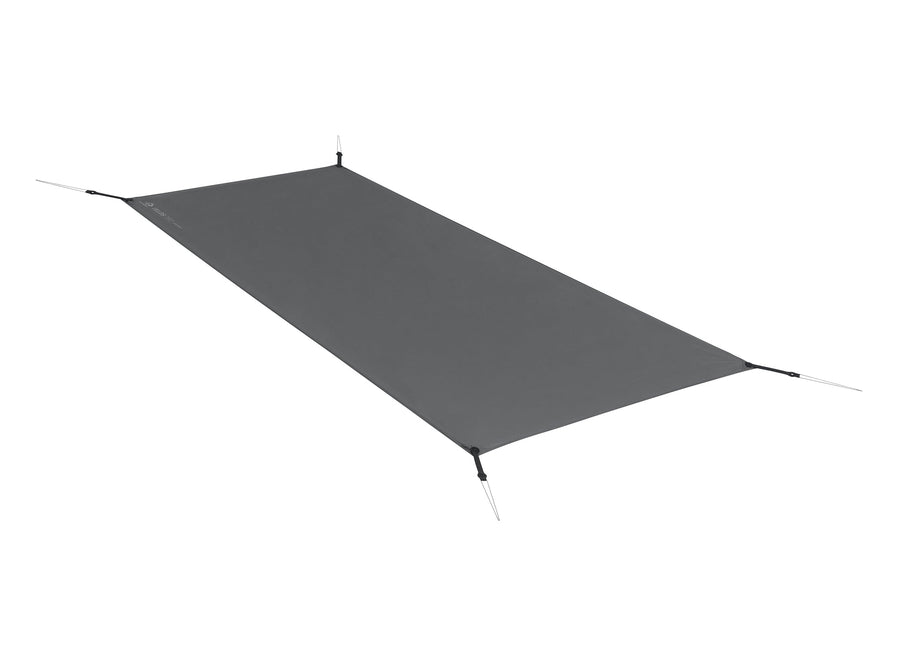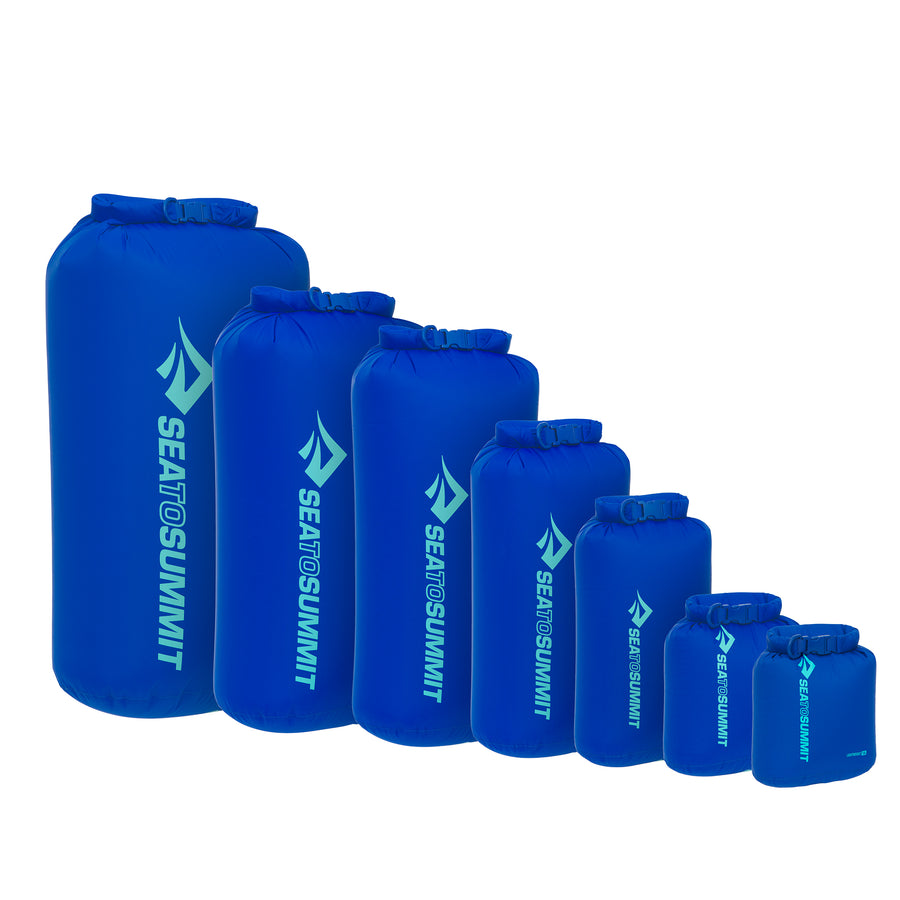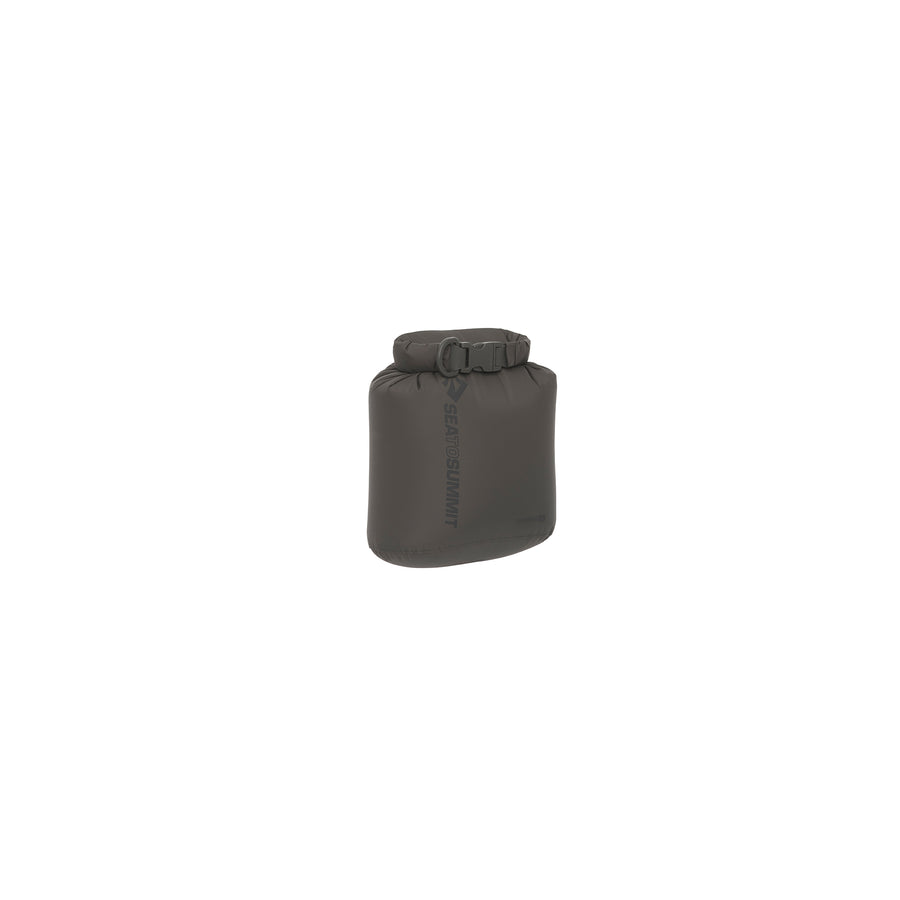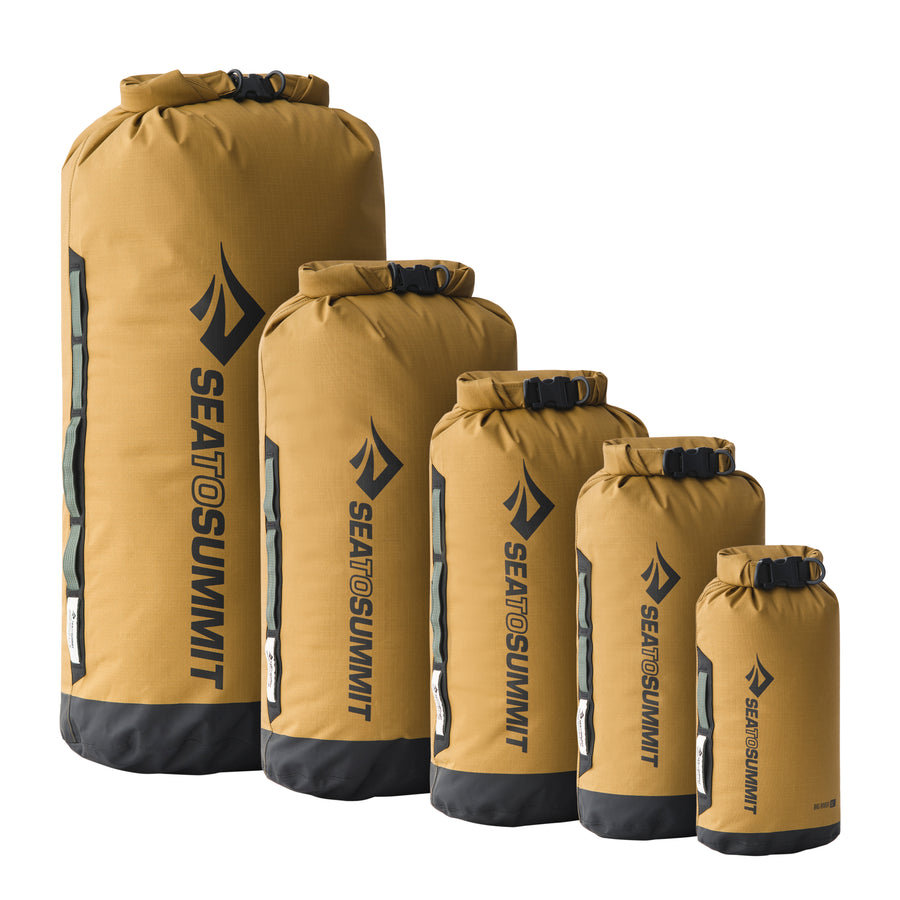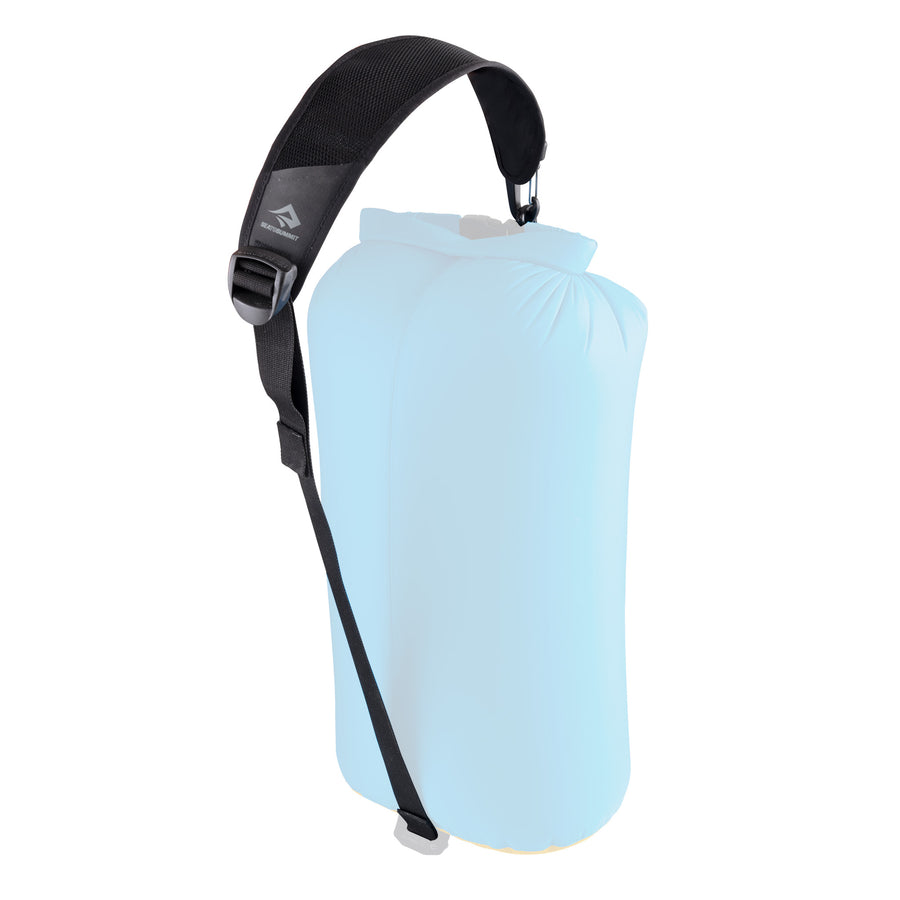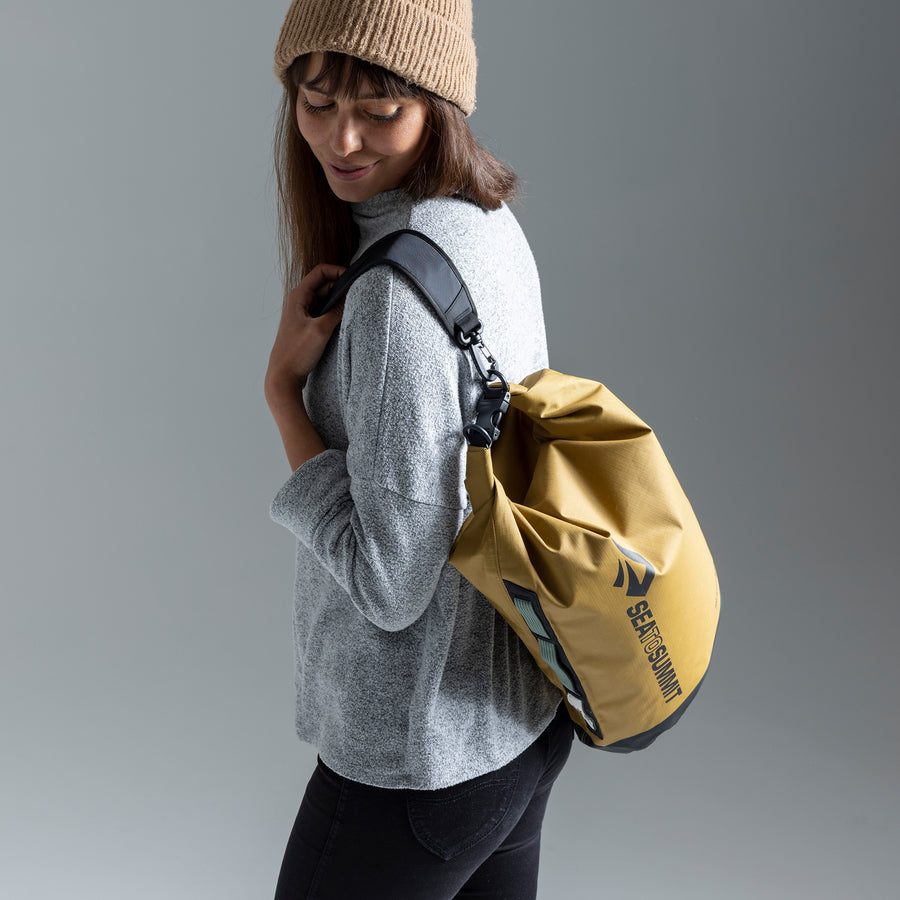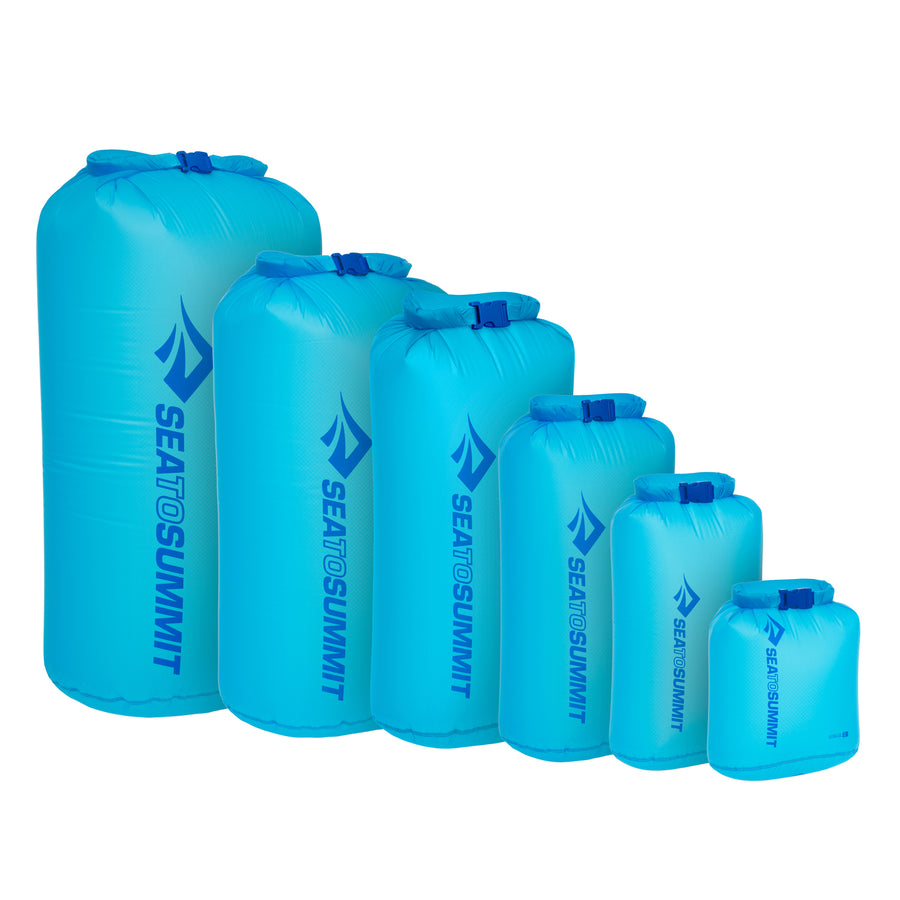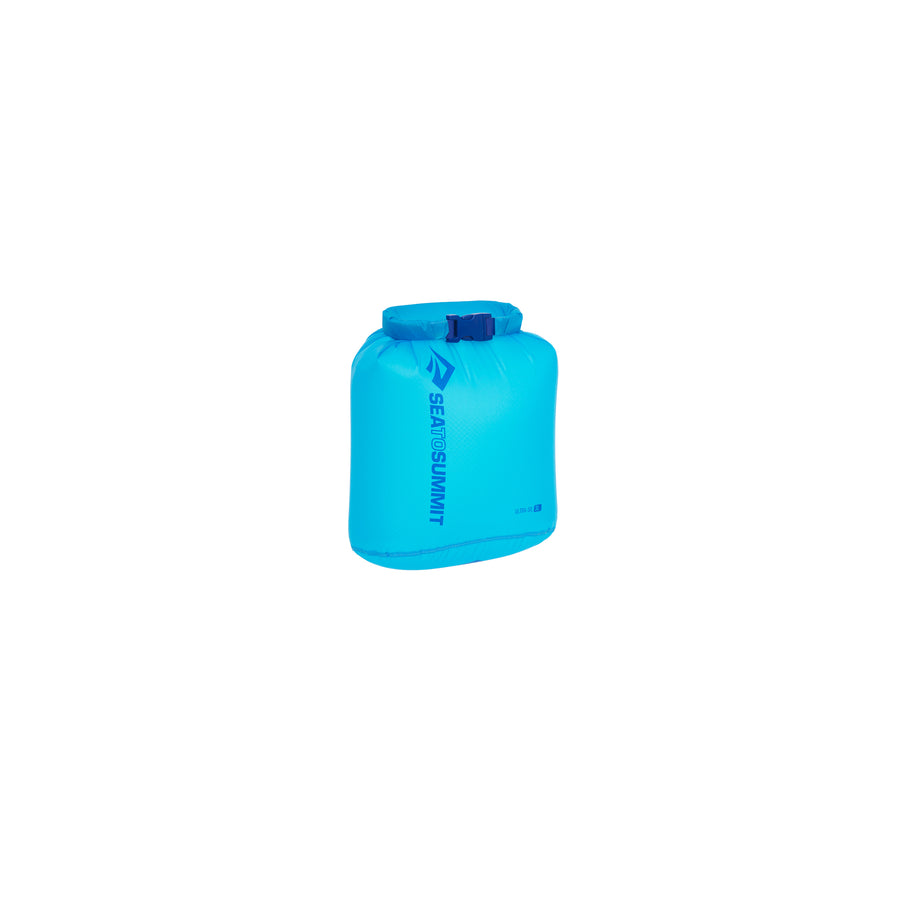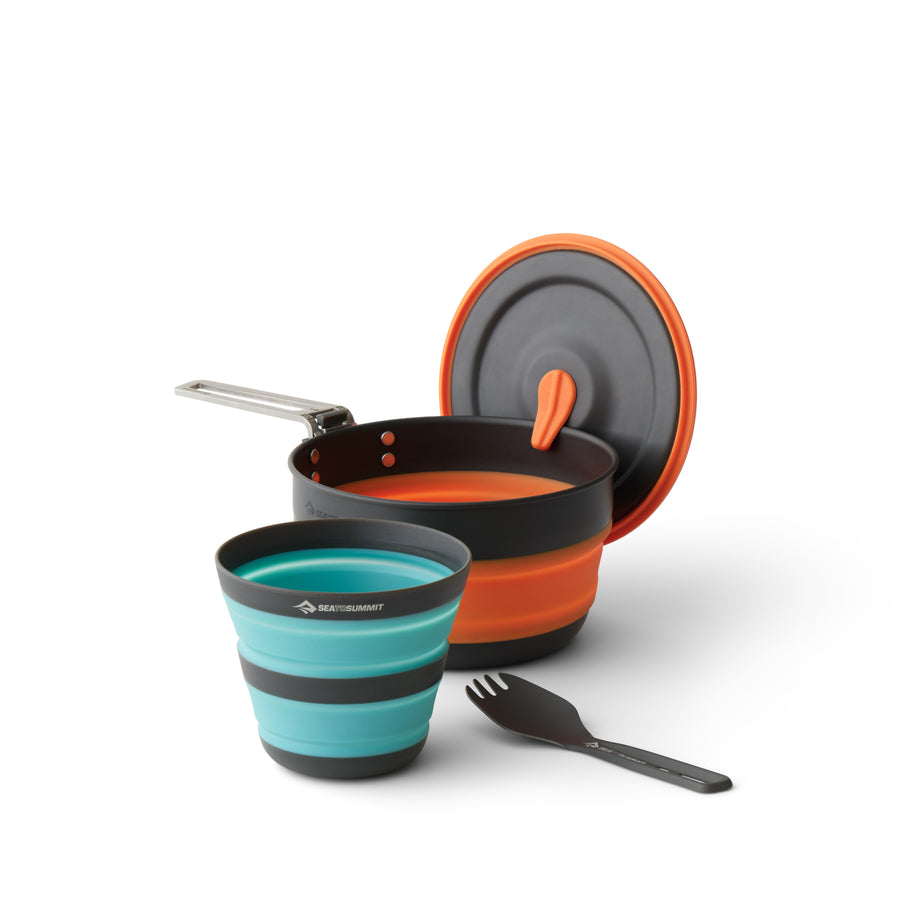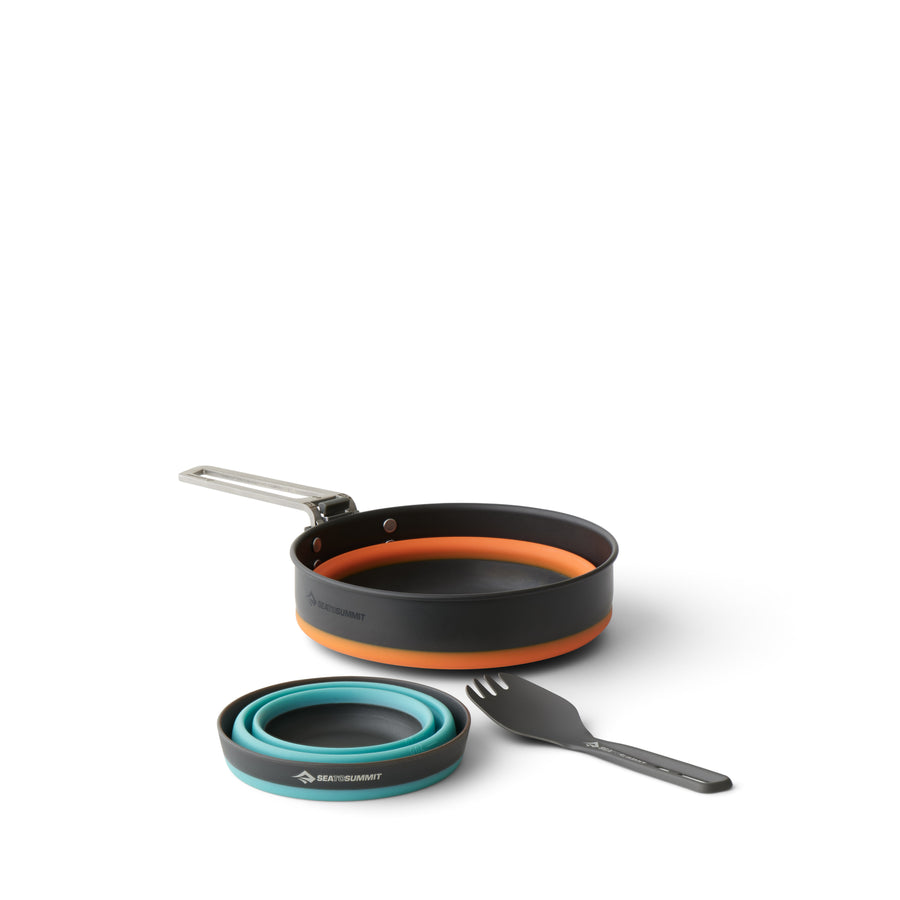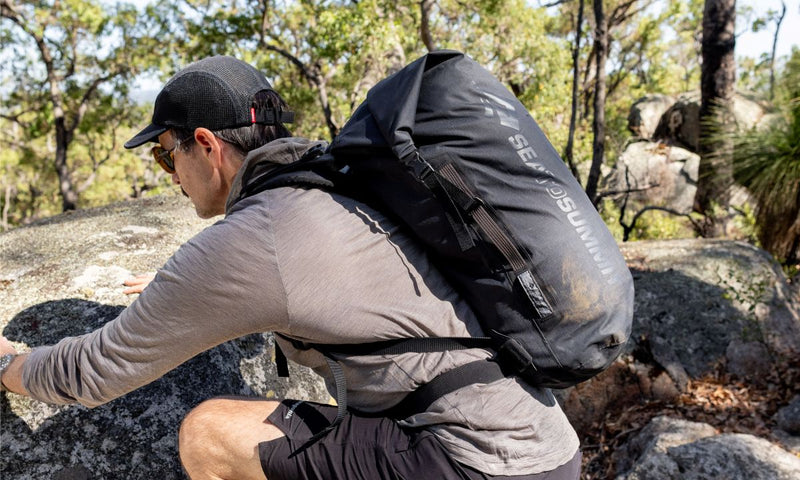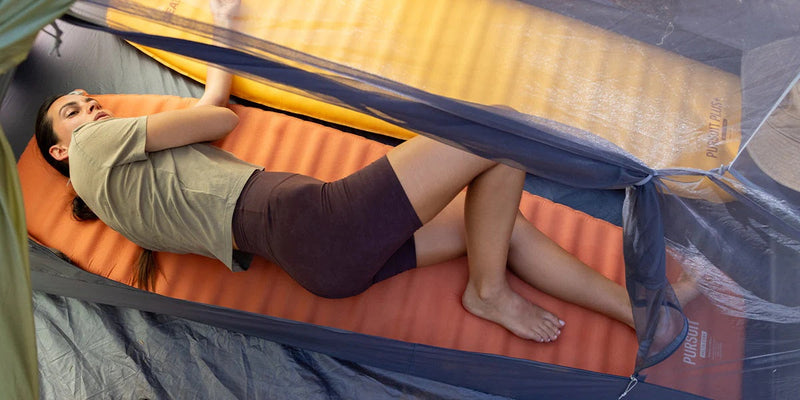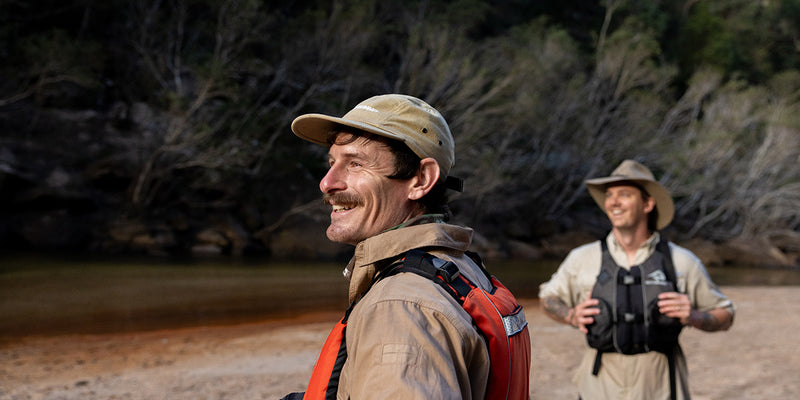Part Two: Exclusive Interview with Deanna Gerlach

Sea to Summit is thrilled to introduce you to our very first family of collaborators. Deanna Gerlach, Tom Gerlach and their three children are the wonderful individuals behind the account @noodlesforbrekky where the family document their adventures, travels, and outdoor experiences.
Sea to Summit is fortunate enough to have collaborated with the Gerlach’s on a creative project in New Zealand to launch the all new IKOS Tent with Tension Ridge. The Gerlach family hiked roughly 3000km along the Te Araroa trail, leaving their city life and spending six months on an outdoor family adventure.
We thought it was the perfect opportunity for the Global Marketing Team to chat with lifestyle and adventure photographer as well as avid hiker, Deanna.
From the positive impact travelling in nature can have on a family to tough lessons learned along the way, advice for anyone else looking to embark on a similar trip and so much more, this exclusive interview was an absolute pleasure. This is part two of our interview.

Q: Considering the hyper-connected and digitally led world we live in, what role do you see outdoor adventures and time spent in nature playing in our society?
A: Getting outside surely is the only antidote to the constant overstimulation of the world we live in. The hyper-connected digital world is by no means the devil, it opens up worlds, knowledge and connection in amazing ways.
But it can be the devil on your shoulder tempting you to scroll, find out something more about a topic when you should be sleeping or taking you away from your early morning stroll.
We regularly check in with each other about how we’re doing with it all and notice that the dopamine fix is real, addictive and often we feel low as a result.
We accept that if we choose to partake in the digital world, which we absolutely do, then we equally need the antidote - getting outside into the natural world and getting dopamine from exercise and the wonder that can be found out there.
Q: In reflecting on your family trip, what were the 5 biggest takeaways and lessons that you learned and have you found these applicable in your everyday life?
A:
1. Get outside
2. Get uncomfortable - do hard things, new things, challenge yourself. Yes it’s hard, and yes it can take you to low places but it’s the only way you can find the magic, the highs, your purpose.
3. Be curious - where does that path lead, what’s under that log, why do they behave like that, why do I feel like this… on trail we had space and time to ponder and are desperately trying to hold onto our curiosity.
4. Build your local community - belong IRL (in real life). We loved belonging to the trail community and continue to host and engage with thru hikers, it helps us remember how it felt and it’s rewarding seeing others on their journey.
We also moved to a new country and town after the trail, into winter and lockdowns, tough times to build a new community. We realise the value of community, how much we miss our mates back home and how good it feels to slowly be building up a feeling of belonging here.
There are so many good people in the world, so many great stories to be told. And getting close to people surely is the way to world peace – it’s hard to hate someone up close when you see their imperfections and weaknesses.
5. Give back - this can be so overwhelming with so many people and causes needing our help. It seems every other week there's news of another natural disaster or war. Pick a thing or two that align with your values and give them what you can. It feels so great, and if we all chip in, we’ll start to turn this ship around.

Q: For someone looking to embark on a similar trip, what are your key points of advice and recommendations? Any tips or tricks and hacks that you learned from first-hand experience?
A: As adults you can wing it quite easily but with kids in tow, being prepared removes unnecessary risk and stress. Prepare as much as you can and try to always keep in mind and discuss with each other your contingency plans.
We would be open and honest with the kids about all this too, they took part in sharing their opinions and it meant that every day they were learning what worked and what didn’t, and most importantly, that things don’t always go to plan; such a beautiful lesson!
It teaches you that you can be agile, you can do hard things. Most of the hardest things have become our best adventure stories.
Q: What are your plans for the future? Do you foresee yourself and your family embarking on another trip of that scale?
A: We’re currently working on setting up home base seeing as it’s really important to the kids; the older two in particular as the teen years evolve.
And of course, refuelling the budget! We’re making space for adventures on weekends, in holidays and sometimes before and after school.
The dream is to escape for a two month trip during summer holidays one year. The kids are almost keen to check out some trails overseas.
They love the idea of another thru hike but also still feel a little overwhelmed and exhausted at the thought of it! Whenever we get into a few hiking days in a row they start to remember how good it feels, overall.
Our huge dream, that we haven't got the slightest idea about skills wise or funds wise is learning to sail and explore the oceans. Equally terrifying and exciting!
Q: In what ways did your trip impact your understanding of our climate? Did your trip bring you closer to the environment in both a personal and professional way?
A: It’s really confronting observing closely what we humans do to our natural environment and how destructive our behaviour can be. We followed and crossed polluted rivers and streams, walked through farms and pine forests, witnessed hikers leaving their rubbish behind in huts and campsites, burning plastic so they wouldn’t have to carry it out and pooing wherever they liked without digging a hole, even when there were toilets nearby.
Carrying our own gear for six months made us realise how little we need, how wasteful a lot of our normal behaviour is and how kids especially don’t need all the stuff our modern lives throw at them.
We had great visibility of how much rubbish we created when we had to carry it out, sometimes ten days’ worth. We now value even more the importance of reusing things, buying second hand if you can or if you have to buy new, try to get quality that will last and can be repaired.
We’re just learning as we go but reckon a good place to start is being aware of how we buy and throw out things and to start to let go of convenience and keeping up with fashion trends.

Q: What was the biggest challenge of your trip and how did you overcome this/these challenges?
A: So many challenges! The most exhausting challenge was planning and logistics. There is plenty of great information about the trail and where to camp and resupply but written with adults in mind.
Even adults found the information vague and frustrating at times. It’s very hard to gauge how long a section is going to take small legs with so many contributing factors changing the result.
We needed a place to pitch our tent every night and often there’s very few options. With a group of five of you. it’s much harder to wing it.
You need more space to camp, you take up 5 bunks in a hut, you’re more than a car full if you’re hitching and with a kid under the legal age for a car seat, you’re putting the driver at risk if you accept a ride.
We learned to prepare as much as we could, always have back up food, a contingency plan and to be as agile as we could. Sometimes the hardest thing can be letting go of your plan!
We hope you enjoyed this exclusive interview with Deanna Gerlach.
You can find follow the Gerlach's adventures at @noodlesforbrekky or by visiting their website at www.noodlesforbreakfast.com.
If you would like to learn more about Sea to Summit’s collaboration with the Gerlach family, you can watch the full-length launch video below:
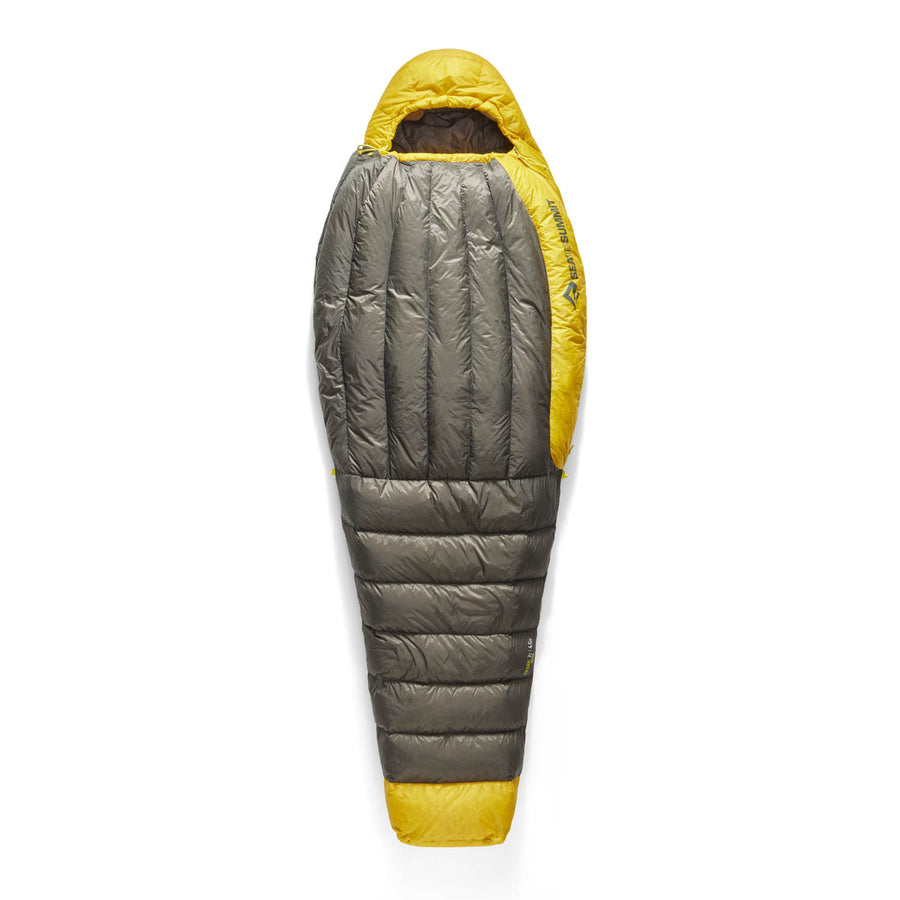
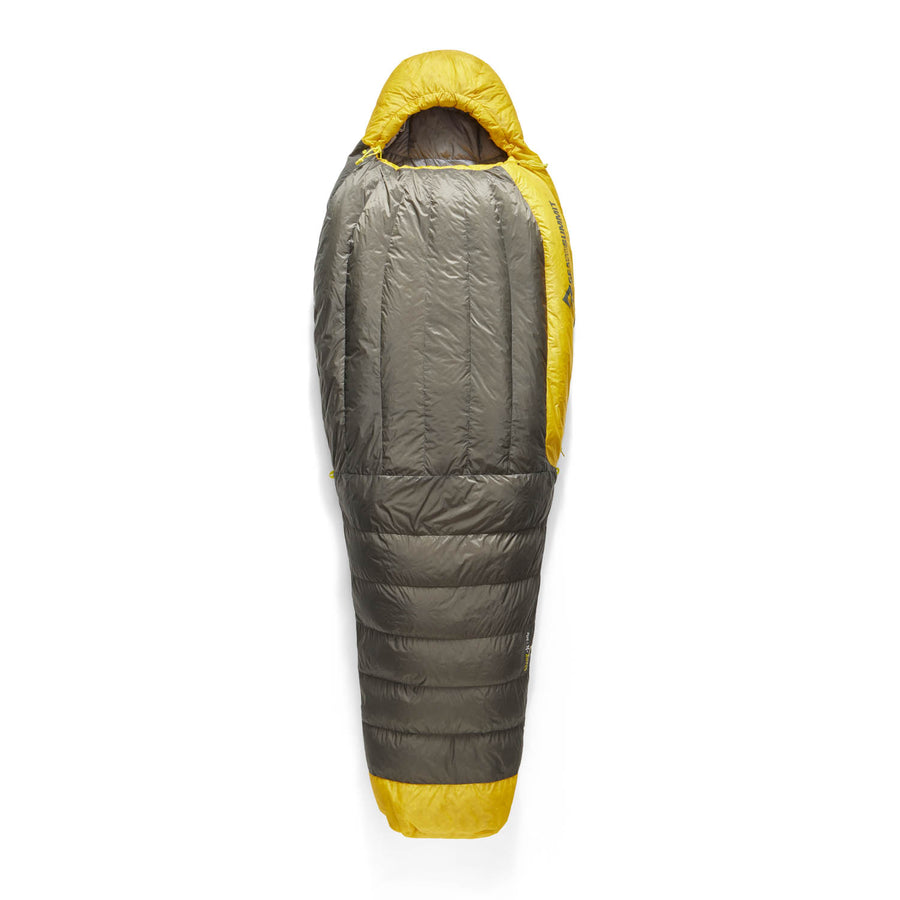
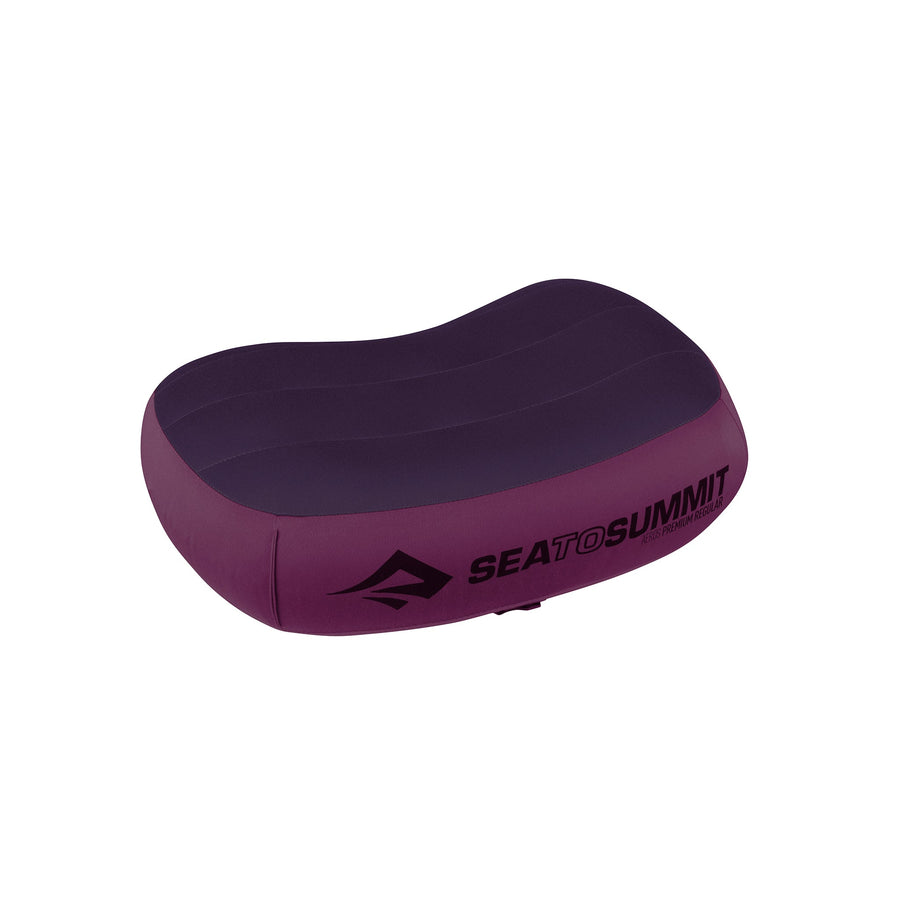
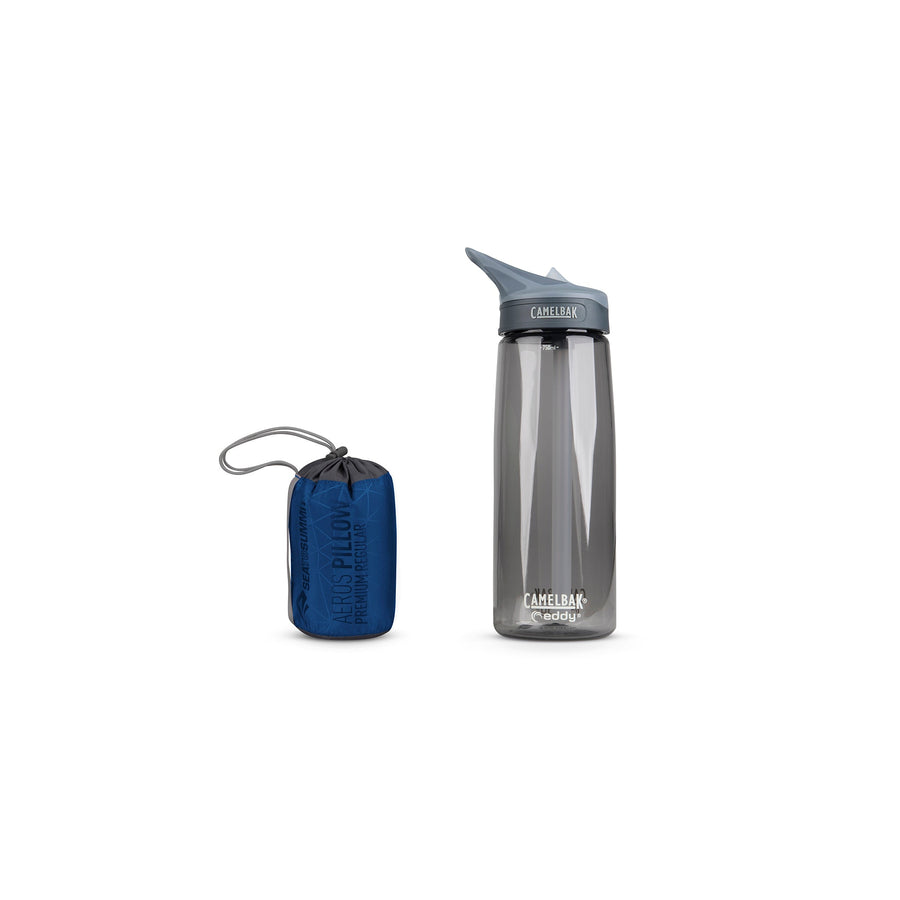

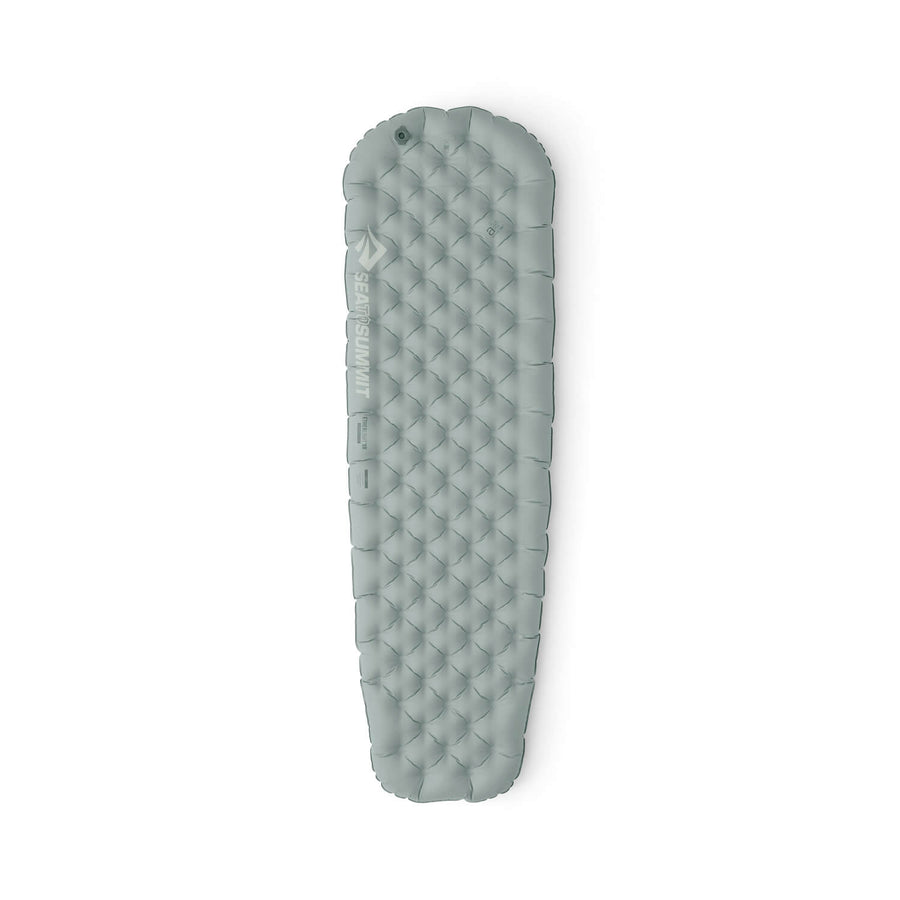
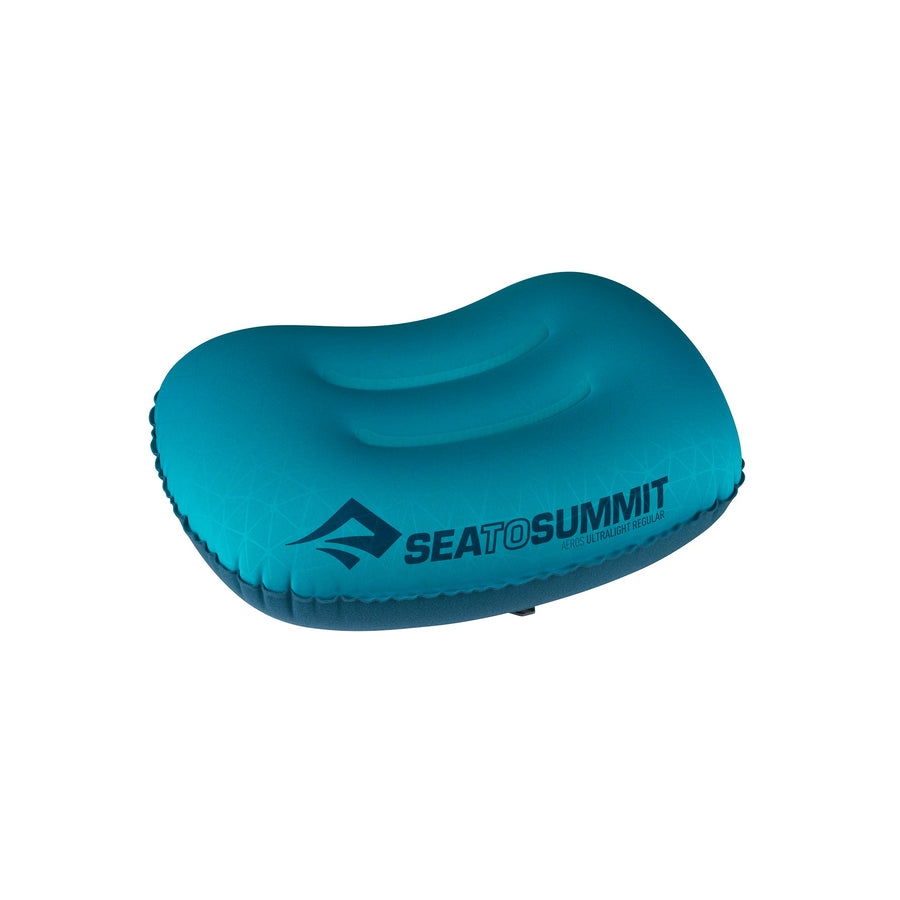
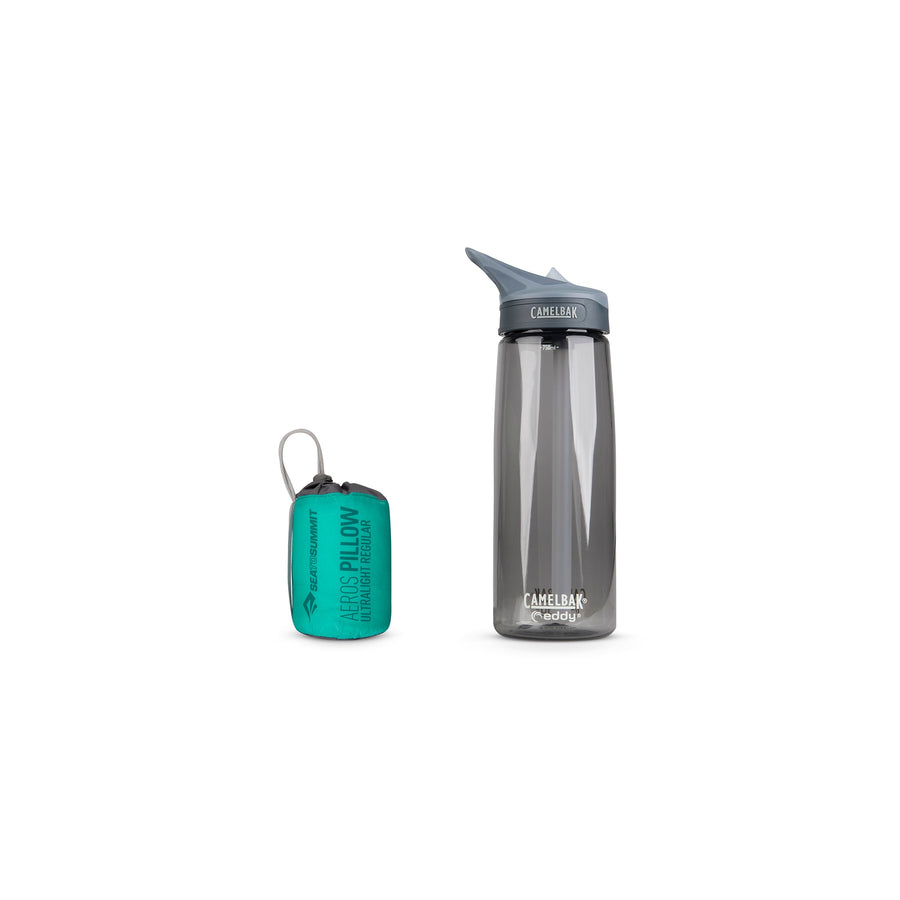
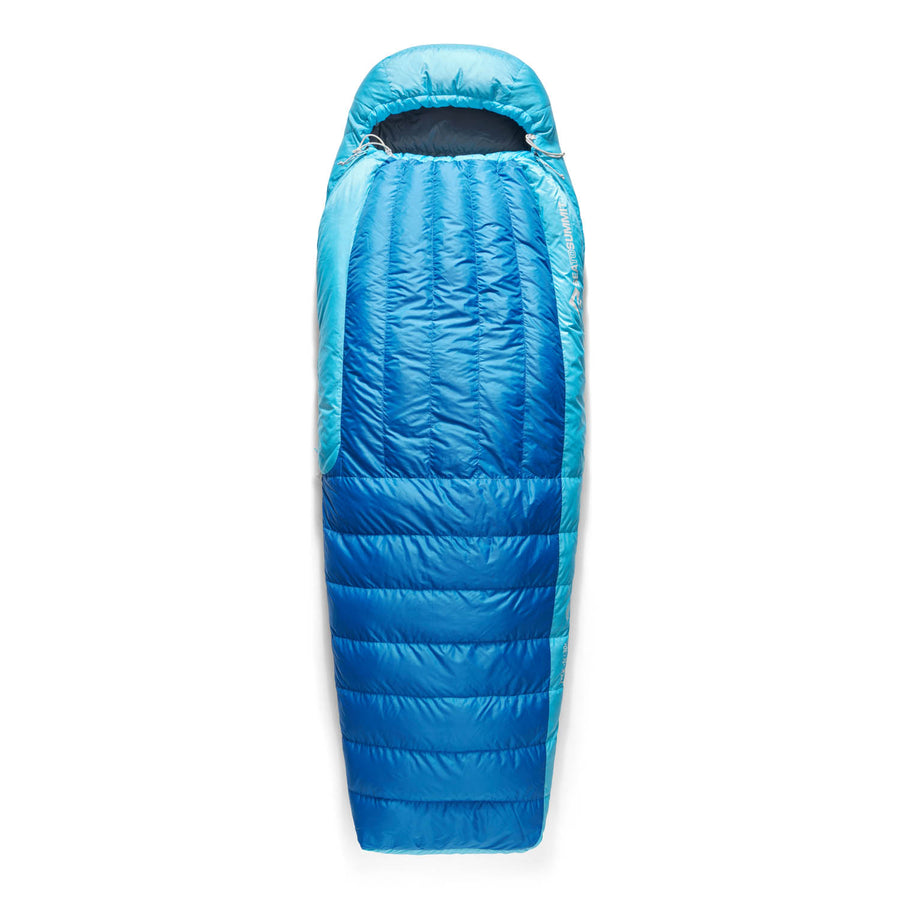
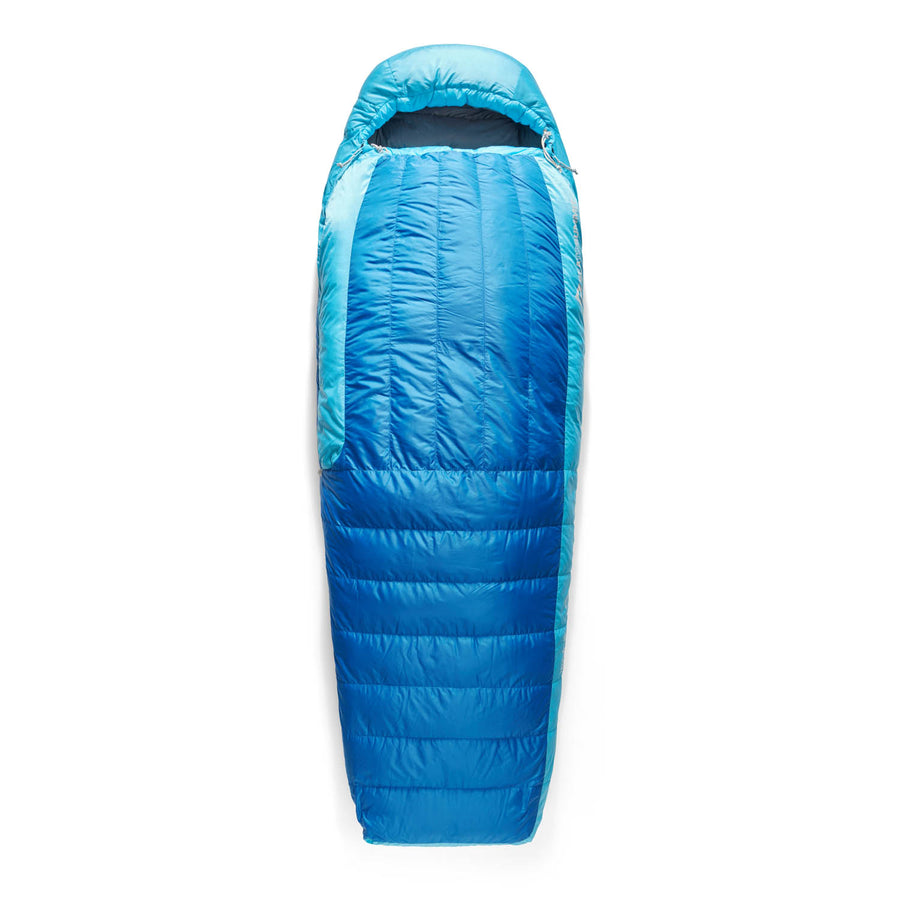
![Frontier Ultralight One Pot Cook Set - [3 Piece]](http://seatosummit.com.au/cdn/shop/files/FrontierULOnePotCookSet1P3Piece1.3LPotWithS-BowlandCup_ACK027031-122114_PRIMARY-1200x1200-9c6bd91.jpg?v=1749433473&width=900)
![Frontier Ultralight One Pot Cook Set - [3 Piece]](http://seatosummit.com.au/cdn/shop/files/FrontierULOnePotCookSet1P3Piece1.3LPotWithS-BowlandCup_ACK027031-122114_ADDITIONAL_1-1200x1200-9c6bd91.jpg?v=1749433473&width=900)
